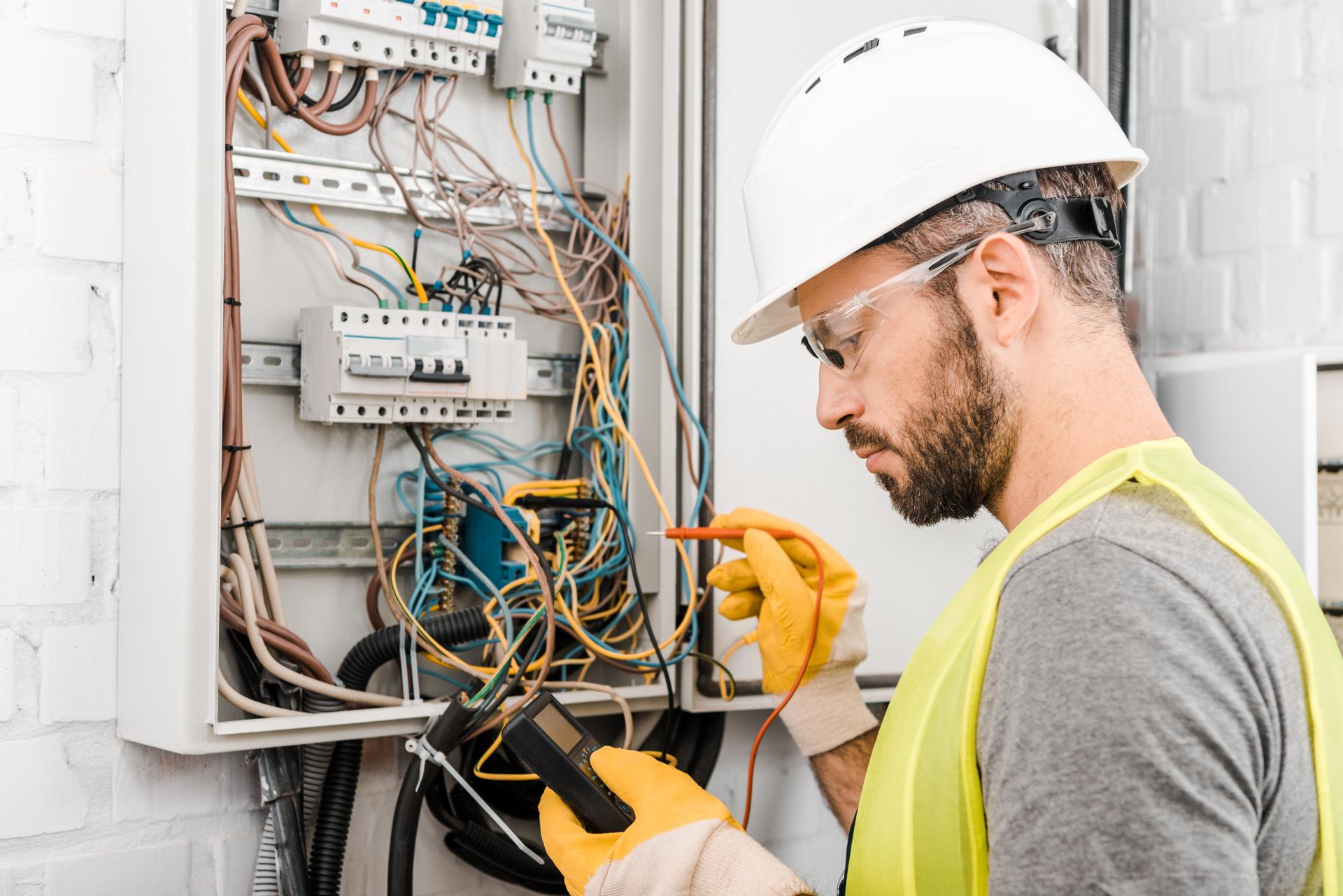A Basic Explanation of the Fundamentals Behind Electrical Wiring in Your Home

Electricity is a vital part of our daily life, powering everything from the lighting in your homes, to appliances that we use each day. However, electricity systems are complex and understanding how they function can be difficult. In this guide we’ll go over the various components that make up an electric system and explain how circuits work to power devices and appliances. Our residential electricians can handle any electrical jobs you need.
Components of an Electrical System
An electrical system is comprised of several essential components that work to provide power throughout the home. They include:
Breaker box: the main source of electrical power in a home that is where electricity is divided into several circuits
Switches and outlets: the places where electricity is delivered to devices and appliances
Wiring: the wires that carry electricity from the breaker box, to the outlets and switches
Electrical appliances and devices: appliances and devices that require electricity to function
Electrical Circuits
A circuit of electricity is one which allows electricity to flow from the source (the breakers box) to appliances and devices within a home. There are two types of electrical circuits that can be found in homes that are 120-volt and circuits that are 240-volts. 120-volt circuits are employed for the majority of household appliances and appliances, while the 240-volt circuits are designed for larger appliances such as dryers and air conditioners.
Electrical circuits function by creating a loop that allows electricity to flow from the source to the device or appliance. The loop is comprised of a hot wire which carries the electricity along with a neutral wire that completes the circuit, and a ground wire , which is an avenue for the electricity to get to the ground in the event of a fault.
Understanding the electrical Wiring
Electrical wiring is available in many different types, including non-metallic sheathed cables (NM) as well as armored cables (AC) and conduit. Each kind has its own advantages and drawbacks and the selection of wiring type depends on the specific needs of the installation.
The electricity travels through wires through the creation of electrons through the wire. The electrons travel from the source to the device or appliance, and back to the source via the neutral wire. It’s essential to ensure that the wiring is installed and maintained correctly, as defective wiring could lead to electrical dangers like shocks and fires.
Common Electrical Problems
Some common electrical problems in homes include tripping breakers, flickering lights and dead outlets. These problems can be caused due to a variety of reasons that include overloading circuits, poor connections, or faulty wiring.
If you experience one of these problems, it’s essential to identify the cause and take appropriate actions to rectify the issue. In some instances this could mean contacting an accredited electrician to inspect and repair the wiring.
Concluding and Call to Action
In conclusion, understanding the way electrical wiring functions is vital to ensure the safety and security of your home’s electrical system. If you follow the rules laid out in this guide, you can stay secure and avoid potential dangers.
Should you ever have questions or concerns regarding your home’s electrical system Don’t hesitate to reach out to Local Electrician Fairfield. Our team of licensed electricians has the expertise and experience to meet your electrical requirements. Contact us by phone at 1300 610 481 to schedule a consultation.
FAQ
What are the signs of faulty electrical wiring?
Signs of defective electrical wiring can include tripping breakers, flickering lights, and dead outlets, among others.
When should I have the electrical system of my house checked?
It’s suggested that you get your home’s electrical system checked by a licensed electrician every 10 years.
What is the expected lifespan for electrical wires?
The lifespan of electrical wiring is dependent on several factors, including the kind of wiring used, the setting it’s placed in, and the standard of the installation. In general, electrical wiring lasts as long as thirty years, or even more if it’s installed with proper installation and maintenance.
Do I need to fix electrical issues myself or should I always employ an electrician?
Although some electrical issues can be solved by homeowners, it’s advised to hire an experienced electrician for the majority of electrical repairs. If you attempt to fix electrical issues with no proper training or experience can be dangerous and can result in injury or damage to your home.
What do I do if have an electrical issue in my home?
If you encounter an electrical emergency first thing to do is to turn off the power to the affected area by shutting off the breaker or the fuse. Contact an accredited electrician to inspect and repair the issue as soon as is possible.
By following these guidelines By following these rules, you can ensure security and reliability of the home’s electrical system , and avoid any potential dangers. Remember, when it comes to electrical repairs or installations, it’s always recommended to rely on the professionals. Contact Local Electrician Fairfield at 1300 610 481 for all your electrical concerns.
